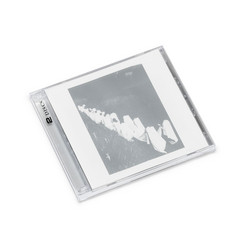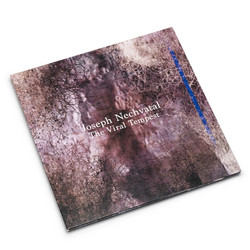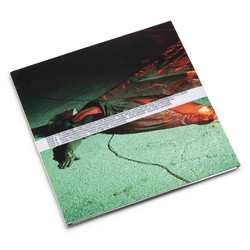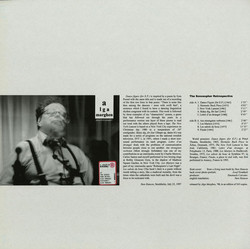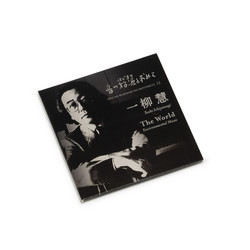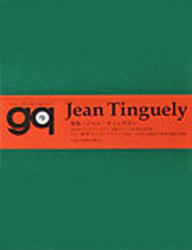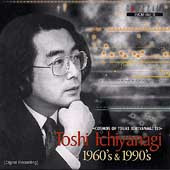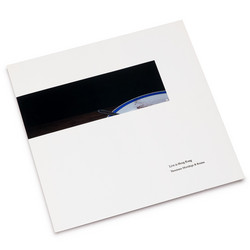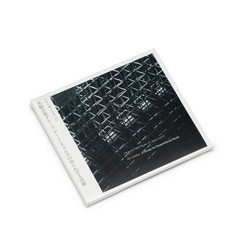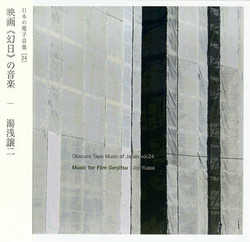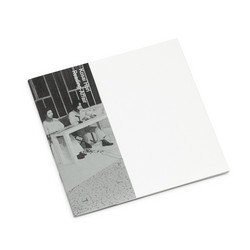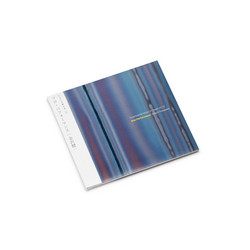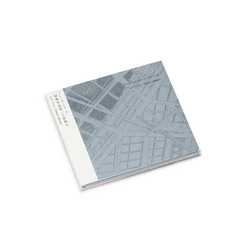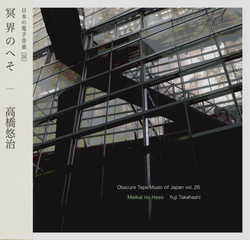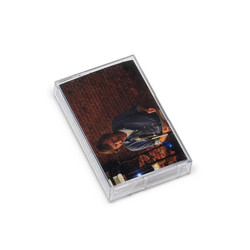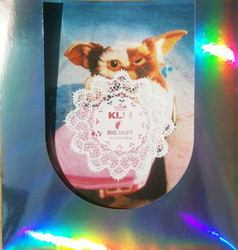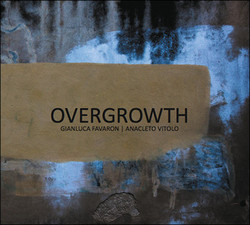Toshi Ichiyanagi, Kenji Kobayashi
Duo Recital (Art edition)
*Special art edition* In 1961, soon after Toshi Ichiyanagi returned from the USA, two concerts were performed at the Sogetsu Art Center; "Toshi Ichiyanagi Concert" [1], at which some member of 'Group Ongaku' joined, a s well as "Toshi Ichiyanagi and Kenji Kobayashi Duo Recital", which recording is used for this album. It was a major opportunity for its audience to experience the works of Toshi Ichiyanagi and the avant-garde philosophy directly in front of their eyes. Six months later, John Cage made his first visit to Japan for a concert tour. Of course, then the Japanese music scene would be struck by a huge "shock". So we can consider the recital by Ichiyanagi as a "quiet shock" before the "storm".
DISC 1: Sylvano Bussotti (1931-) : Music for violin Italy-born Bussotti is a composer, a director and a designer but also well known as a multitalented person. At an early age, he began work on a graphic score. The music he wrote had quality but it was also visually interesting. For this performance, Kobayashi took a unique style. They used overdubbed violin sounds from a tape, which perhaps Kobayashi helped to record, and added a live performance of piano and percussion as well as some [sounds of] object.
Morton Feldman(1926-87): Duet for violin and piano Along with John Cage, Feldman is one of the leading figures from the New York experimental music sce ne. He is also well known as a soft sound composer as well as for an interesting episode when he invented graphic notation. Feldman was a productive composer but he often gave less creative simple tit les to his music, for example, by referring a composition to the musical instruments.
Toshi Ichiyanagi: The Pile / For String #2 (simultaneous performance) 'The Pile' is a piece composed for arbitrary musical instruments. At the concert, the composer him self performed with a method of playing the internal parts of a piano along with Yoko Ono's voice while Juunosuke Okuyama assisted him as an engineer, which made it the first and only real piece with live electronics [3]. Like John Cage often taking this method for his work, they made a simultaneous performance for this piece, 'For stringed instruments, the second movement' by Kenji Kobayashi. The only instruction in the score was; "Through the whole performance, one should only play one note " [4]. The piece was not only performed throughout the sixties but also is played today.
Anton Webern(1883-1945) : 4 Pieces for violin and piano, Op.7 Along with Schoenberg and Berg, Webern belonged to the New Wienna School of music. Preceding Feldman , he was a soft sound composer and had a particular taste about extremely conscious tones. Unlike other pieces on this album, this piece was composed in the very early period in 1910.
La Monte Young(1935-): 561 to Henry Flynt [5] La Monte was one of the composers who created pieces that were later categorized as Minimal Music. But most notably, he was a member of Fluxus, which we shouldn't forget. This piece is very conceptual. The same note should be played for arbitrary number of times that was pre-determined. It was performed at this concert for the first time, and Ichiyanagi played clusters with both arms. By the way, Henry Flynt (1940-) was a musician belonging to Fluxus.
DISC 2: John Cage(1912-92): 34'46.776" A piece composed in 1954 and performed in the same year on October 17th for the first time at Donaue schinger Musiktage, a music festival, (simultaneous performance with '31'57.9864" for a pianist'). Later that year, a score was published under the title '31'57.9864" for one pianist'. In this re cording, apart from Toshi Ichiyanagi's piano and Kenji Kobayashi's violin, one can hear female narration in English and Japanese, about which there was no mention in any document at the time (assuming it as Yoko Ono's voice however it is not confirmed). Perhaps, Ichiyanagi reproduced it by referring to an early performance method of the piece [6] In a promotional document of the concert, Yuji Takahashi's name is written as another pianist. However, according to the musician, he cancelled it a after he got an offer of a simultaneous performance due to a technical reason.
This special edition includes original concert poster designed by Kouhei Sugiura and Katsuhiro Yamag uchi. Sugiura is one of pioneer of Japanese graphic design after WW2. He had created cover art of ma ny titles of Japanese avant-garde music - for example, ALM records, Japanese edition of WERGO, early electronic music of Mayuzumi, a.o. Yamaguchi was a visual artist and one of founder of Experimenta l Workshop in 1950s.

